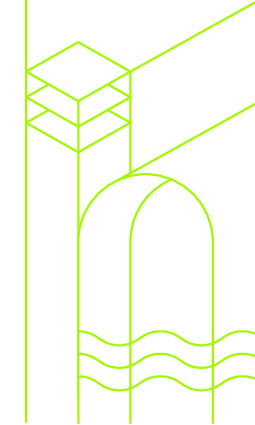|
|
|
| Module code: BMA304 |
|
|
4VU (4 hours per week) |
|
6 |
| Semester: 2 |
| Mandatory course: no |
Language of instruction:
German |
Assessment:
Exam
[updated 26.01.2023]
|
BMA304 (P110-0164) Civil and structural engineering, Master, ASPO 01.04.2022
, semester 2, optional course
|
60 class hours (= 45 clock hours) over a 15-week period.
The total student study time is 180 hours (equivalent to 6 ECTS credits).
There are therefore 135 hours available for class preparation and follow-up work and exam preparation.
|
Recommended prerequisites (modules):
None.
|
Recommended as prerequisite for:
|
Module coordinator:
Prof. Dr. Markus Enders-Comberg |
Lecturer:
Prof. Dr. Markus Enders-Comberg
[updated 14.01.2025]
|
Learning outcomes:
After successfully completing this module, students will:
be familiar with the planning processes typical for timber construction
be able to design multi-storey timber buildings in a wide range of construction variants, as well as design joinery details
be able to identify and design relevant stiffening members
be able to independently develop and apply subject-related content
[updated 26.01.2023]
|
Module content:
Planning processes
Supporting structures and structural elements
Multi-storey residential and office buildings in timber construction
Contemporary engineered timber construction (cross laminated timber, timber panels)
Fire protection and building regulations
Innovations and scientific approaches
Construction processes from the perspective of a structural engineer, an industry representative, a test engineer and a construction company
[updated 26.01.2023]
|
Recommended or required reading:
Kaufmann, H./Krötsch, S./Winter, S.: ATLAS Mehrgeschossiger Wohnungsbau
Sandhaas, C./Blaß, H. J.: Ingenieurholzbau Grundlagen der Bemessung
Wallner-Novak, M./Koppelhuber, J./Pock, K.: pro:Holz - Brettsperrholz Bemessung I und II
[updated 26.01.2023]
|


